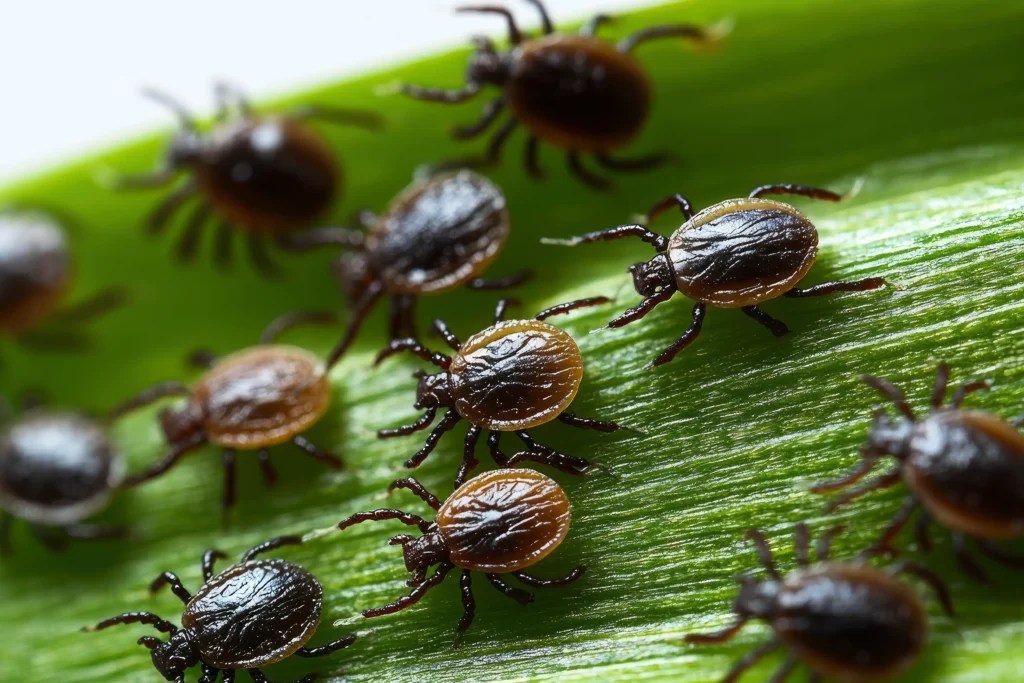
Lyme Disease: Justin Timberlake has revealed he’s been diagnosed with Lyme disease, a serious illness typically caused by tick bites and increasingly common across parts of the United States. Timberlake has joined a growing list of celebrities like Shania Twain, Avril Lavigne, Justin Bieber, and Alec Baldwin who have opened up about their struggles with the condition.
While their stories are helping shine a light on Lyme disease, there’s still a great deal of confusion around its symptoms and how it’s contracted. Here’s everything you need to know.
What is Lyme disease?
Lyme disease is caused by the bacterium Borrelia burgdorferi, transmitted to humans through the bite of infected black-legged ticks. These ticks are no bigger than a sesame seed, so you might not even know you have been bitten. The disease is most common in grassy woodland areas like forest parks and hiking trails, especially in the United States, Canada, and parts of Europe.
Also Read | How to spot dengue early: Warning signs to know
How do you get Lyme disease?
You cannot catch Lyme disease from another person, as you would with a cold or the flu. The transmission happens when a tick carrying the bacteria bites you and stays attached for about 36 to 48 hours or longer.
Here’s how it typically happens: You are walking through tall grass or wooded trails. A tick climbs onto your skin and bites. It feeds on your blood and passes the bacteria into your body.
Early symptoms of Lyme disease (within 3–30 days of the bite):
Bull’s-eye rash: This is a red, circular rash that often looks like a target or bull’s-eye. A rash may appear at the site of the tick bite. Some of the early symptoms include:
- Fever
- Chills
- Headache
- Fatigue (feeling very tired)
- Muscle and joint pain
- Swollen lymph nodes

Late symptoms of Lyme disease (weeks or months later):
If untreated, Lyme disease can spread and cause:
- Severe joint pain or swelling, especially in your knees
- Facial paralysis
- Nerve pain
- Memory problems or trouble concentrating
- Irregular heartbeat
- Dizziness or shortness of breath.
How is Lyme disease diagnosed?
If you have symptoms and have been in a tick-prone area, it is important to see a doctor as soon as possible. Your doctor might ask you about your recent outdoor activities or examine you for a rash. BBlood tests can help confirm the diagnosis, but they are not always accurate during the early stages.
How is Lyme disease treated?
When caught early, Lyme disease can usually be treated successfully with a few weeks of antibiotics. HHowever, some individuals continue to experience lingering symptoms after treatment, a condition known as Post-Treatment Lyme Disease Syndrome (PTLDS).
What happens if Lyme disease is not treated?
Left untreated, Lyme disease can cause serious long-term complications affecting the nervous system, joints, and heart. Some of them include:
- Arthritis
- Heart issues
- Nerve damage
- Ongoing fatigue and mental fog
Also Read | Is homoeopathy effective for joint pain and arthritis?
Despite rising cases, Lyme disease is often misdiagnosed. If you are in a tick-prone area, it is advisable to wear long sleeves and pants. Take a shower after your outdoor activities and carefully remove ticks using tweezers instead of your bare fingers. Knowing the signs, getting timely treatment, and understanding the risks can make all the difference.








